World Voices: Martín Leandro Camacho, Peru
“Secuestraron mi pais.”
Emblazoned on a protest placard and photographed by Peruvian journalist, Martín Leandro Camacho, the statement summed up the feeling of tens of thousands of people during some of the largest protests in Peru in more than a decade.
In English, it reads:
“They kidnapped my country.”
The demonstrations in November were led by young Peruvians in opposition to little-known politician Manuel Merino, who was sworn in as president following the surprise ousting of his popular predecessor, Martín Vizcarra. The deaths of two men in their 20s during Merino’s short five-day rule, reportedly from injuries caused by a firearm, sparked nationwide fury.
Images from the protests showed hundreds of riot police using batons and teargas canisters against largely peaceful protesters.
Journalists were also targets. Peru’s National Coordinator for Human Rights said there were at least 35 journalists among the wounded. In 31 cases, police were identified as the main aggressors, according to the National Association of Journalists in Peru.
"Impunity has found a fertile land."
Shortly after covering the protests in the capital, Lima, Martín Leandro Camacho, who had just been announced as the winner of the 2020 Thomson Foundation Young Journalist Award, wrote a heartfelt email to the foundation referencing the bittersweet honour.
“My country is mired in a tremendous crisis,” he said. “Two young men have already died, around 40 people have disappeared and hundreds are injured. The press and the government want to hide many things. I ask you, please, as winner of the Young Journalist Award, to listen to my voice.”
“Impunity seems to have found a fertile land. Injustice grows fast,” Martín later said in a video message. “The situation is very chaotic. Our job as journalists under these circumstances is vital. Our main goal is to tell the truth and show people what is happening behind the curtains. We’re recording abuses that would have impunity if there wasn’t a camera filming them.”
Impunity is widely recognised as one of the greatest threats to press freedom and each year, the United Nations dedicates a day to end impunity for crimes against journalists.
Independent journalists such as Martín are essential in ensuring that accountability and transparency – the core values that bring change – remain at the heart of good journalism. His subjects are often the poor and the fight for social equality and political justice is enmeshed with his work.
While assaults on journalists have no place in society, Martín emphasises that the undermining of journalists and the intimidation and violence against them is being normalised.
“Nothing can guarantee your security, not even a press card showing that you are a journalist,” he says. In Lima’s Plaza San Martín, many journalists were harassed, insulted, wronged and injured by the National Police of Peru. One journalist ended up with a fractured leg. Another fainted in the middle of a protest site after police fired tear gas.
“The police don’t seem to understand that you are simply doing your job and the people are exercising their constitutional right to protest.”
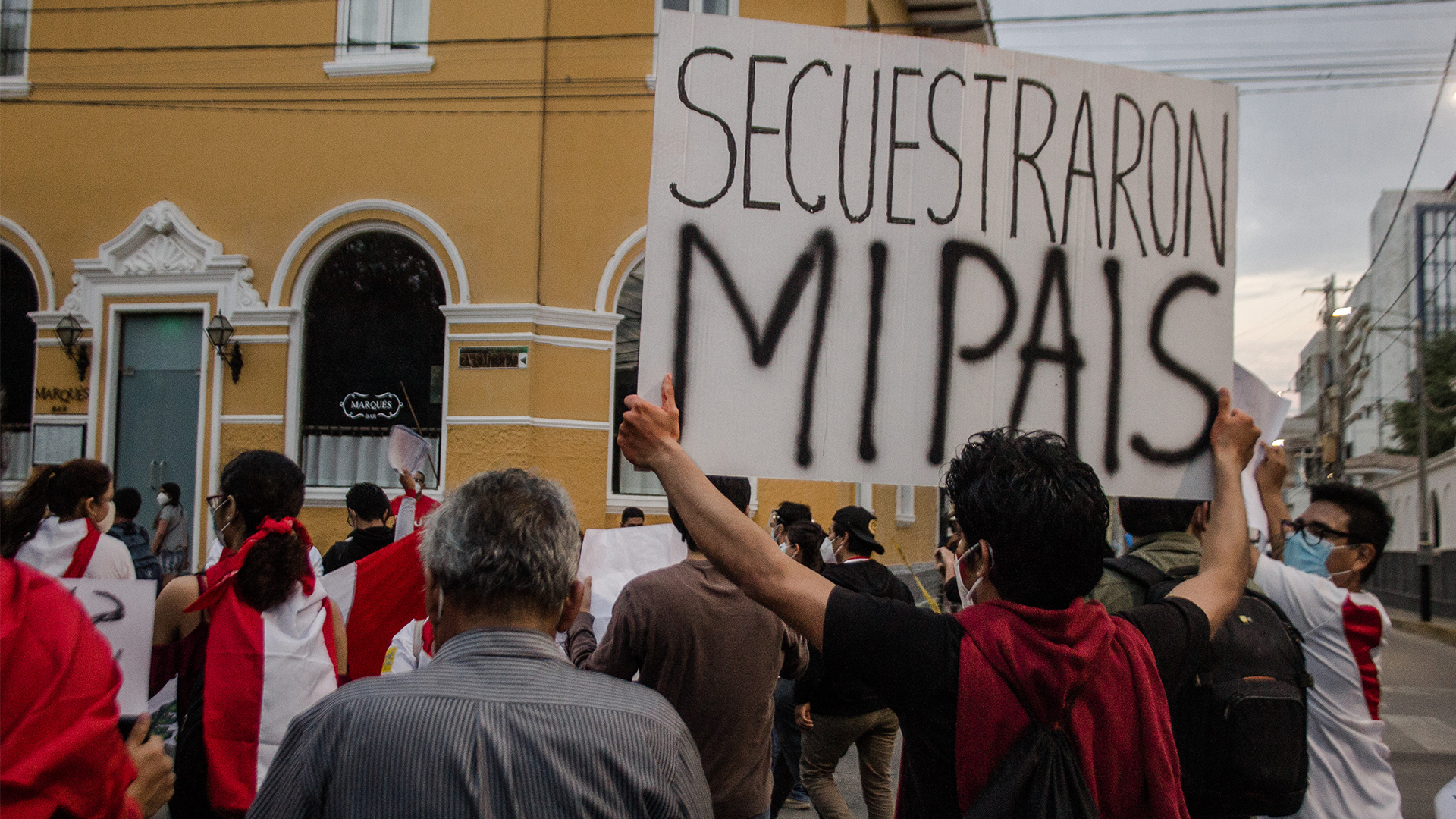
Martín is no stranger to violence, intimidation and threats. He was attacked by police as he documented a story earlier in the year on the fishing unions that came out in protest over the environmental impact of oil exploration. He says he was also bullied and harassed by politicians and businessmen whilst doing his job.
“In the process of helping communities that are silenced, police, politicians and business people have all threatened to silence me,” he says. “But we will continue to cover issues that matter so we can improve society.”
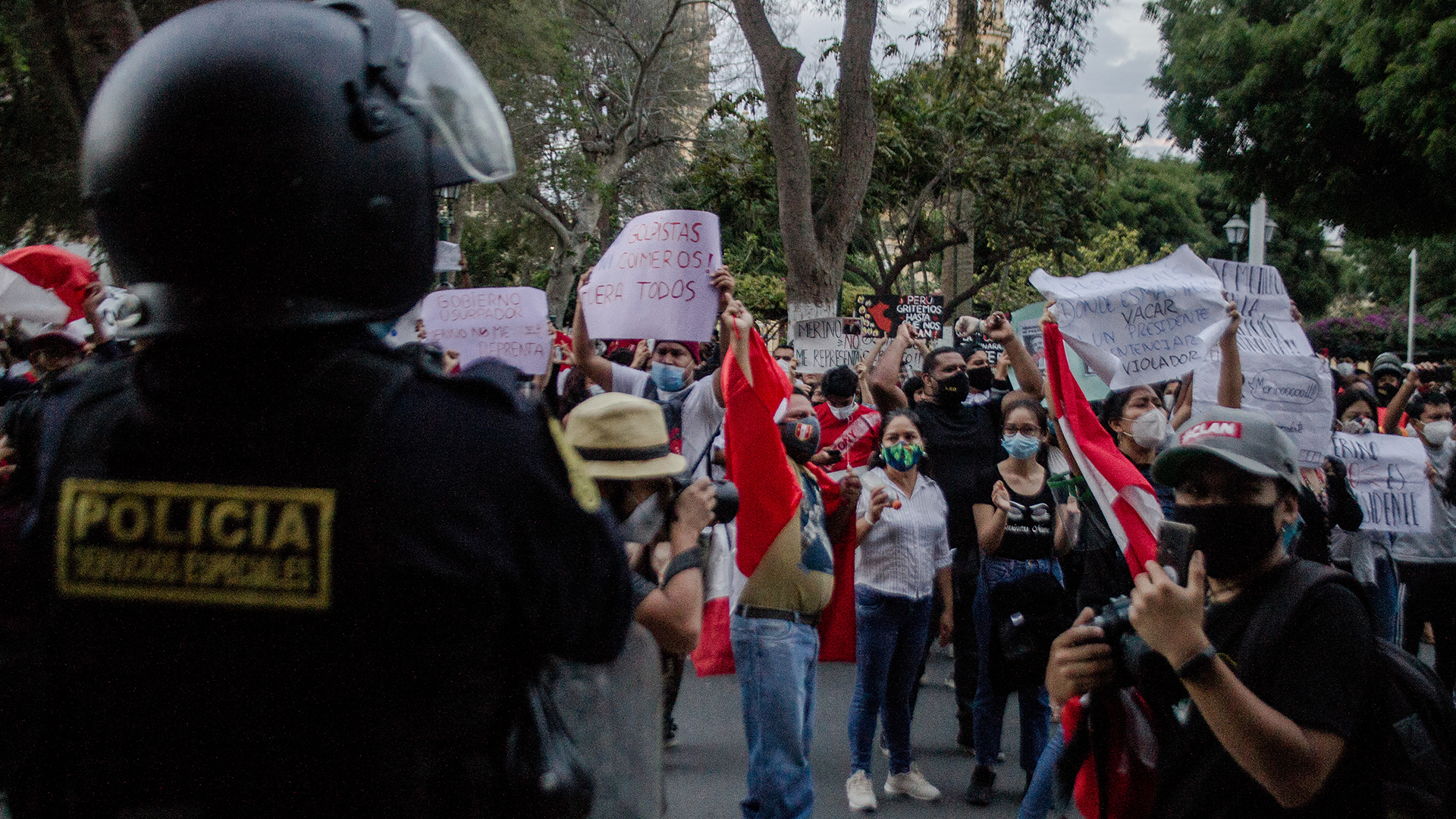
Martín thinks the rise in social media provides a new opportunity for journalists like him and means large media organisations no longer own the news.
“Social media has helped independent journalists provide a stream of accurate information to the public,” he says. “We are gaining significance in this way and we are giving a new meaning to the concept of press freedom.”
New technology and social platforms have also heralded a shift in the way information is collected and shared between journalists. “It’s how we were able to piece together information about the protests with other journalists from different parts of the country.”
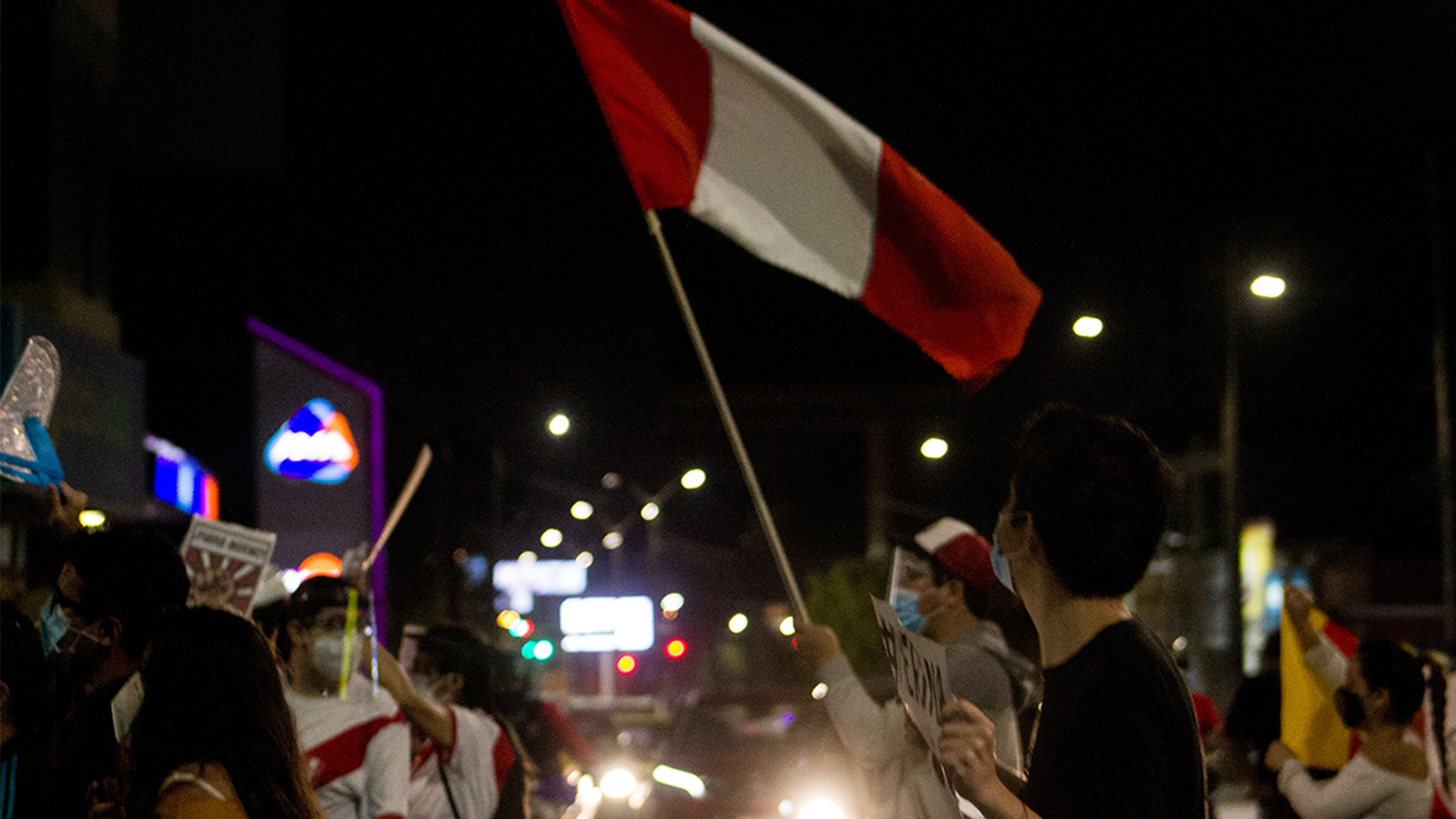
“Independent reporters, journalists and journalism students all came out to cover the protests,” continues Martín. “They came out with their cameras, their notebooks and their pencils, not motivated by money but the truth, so that the public could learn what was unfolding in their country.
“If we are looking for a definition of press freedom, it’s only one image and this is it. This is the real image of press freedom. This is the image of journalism as a tool to serve the people.
“If we can get something good out of these awful events, it’s that it has been a gestation of a free, independent press. This gives some hope to a country where the truth always seems to be silenced.”
Read Martin’s piece on the recent protests in Peru, ‘The Fight for a Homeland’, for Nube Roja here.
(Images courtesy of Max Nina, Luis Javier Maguiña and Nube Roja)
Impunity seems to have found a fertile land. Injustice grows fast.
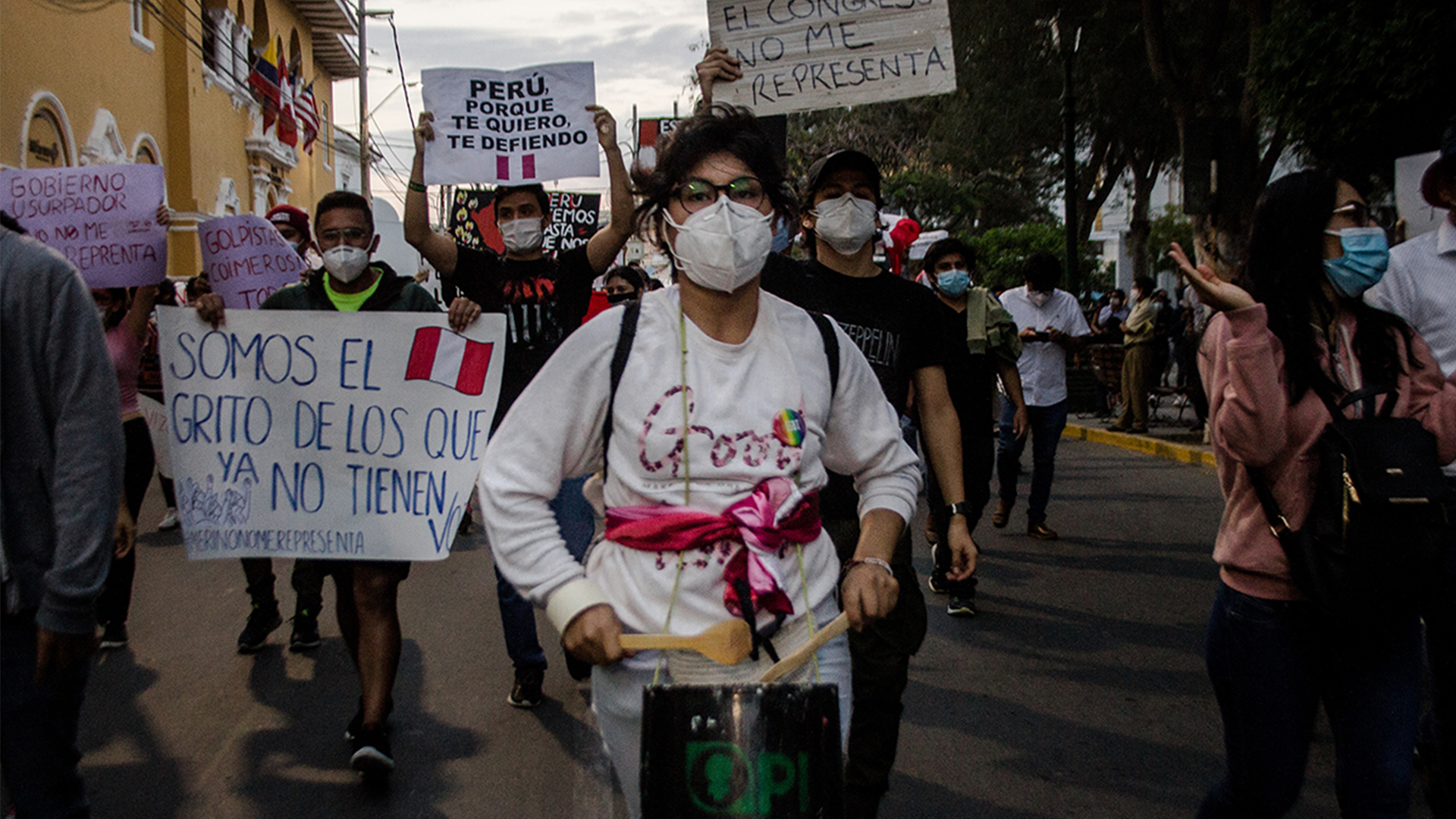
Protests 2020
In many ways, 2020 has redefined what it means to march, with countries around the world engulfed by a wave of demands for accountability. Contending with a pandemic, and being subject to violence and intimidation, our alumni are working hard to document current history movements and uphold the fundamental principles of media freedom. Find them in the World Voices section of our website.
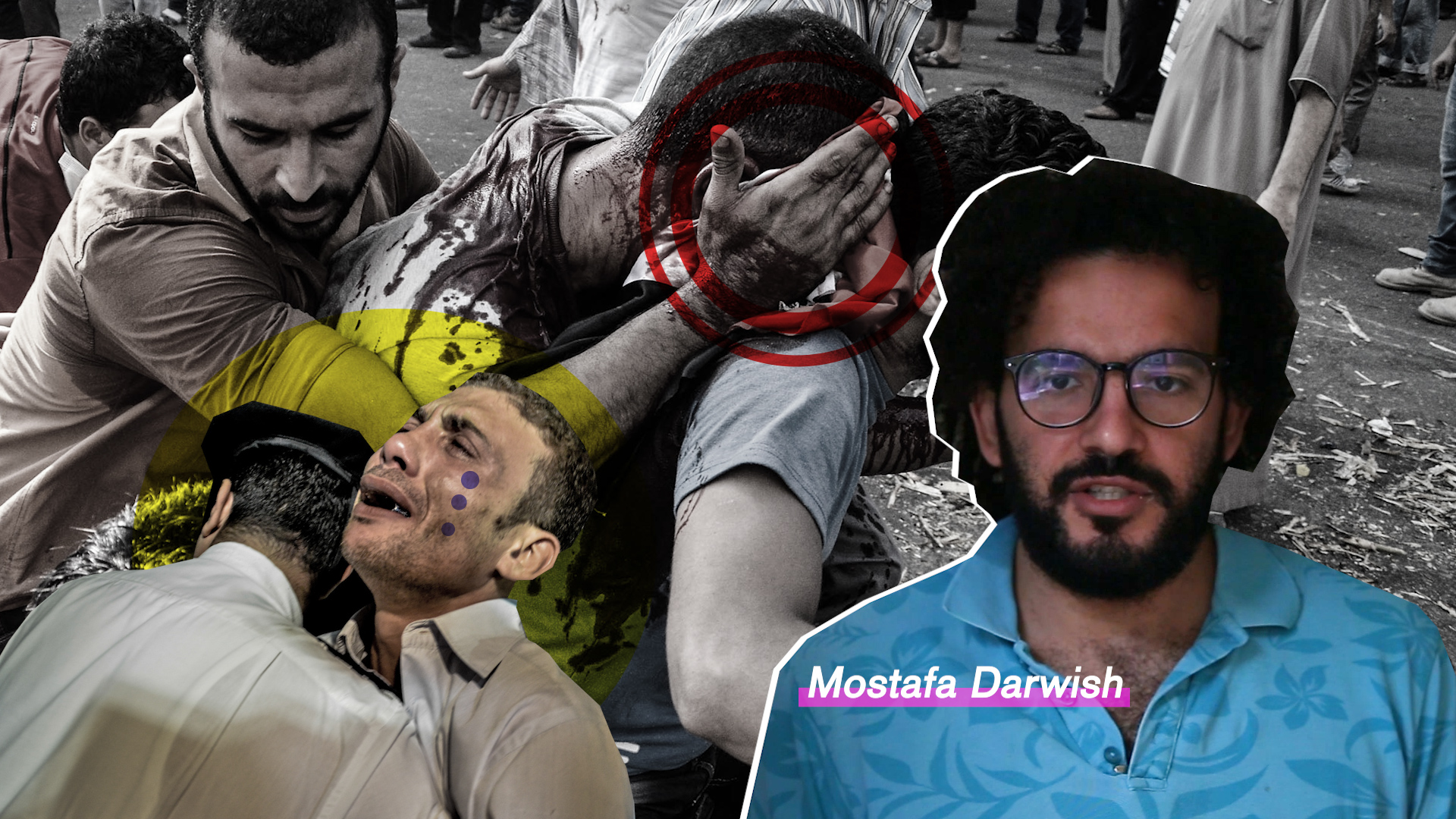
"There is a long history of photojournalists putting themselves at risk in order to document protests.”
– Mostafa Darwish
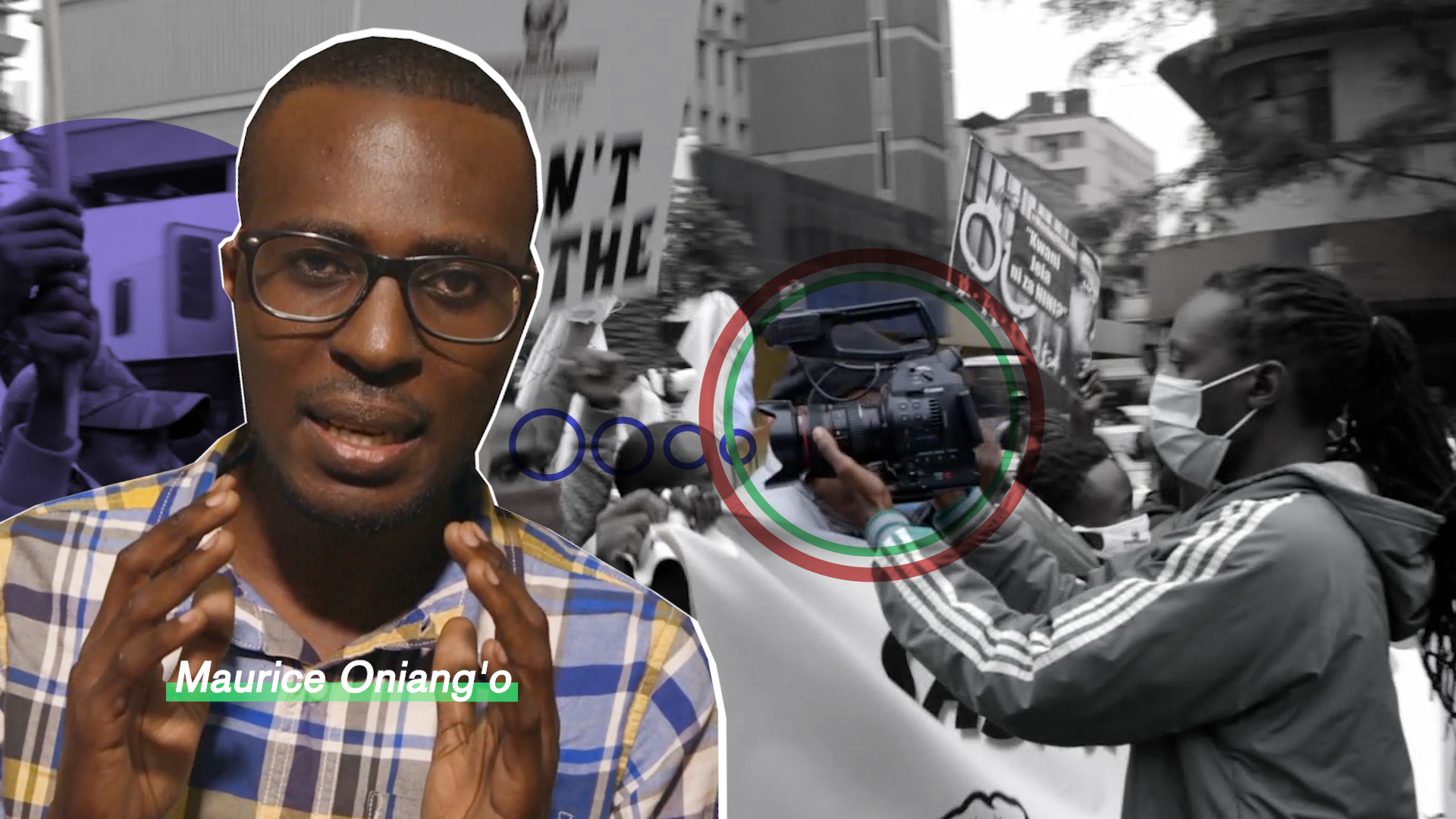
"If this is a photographer's first time documenting a protest, they must ensure they don't go there blindly."
– Maurice Oniang'o
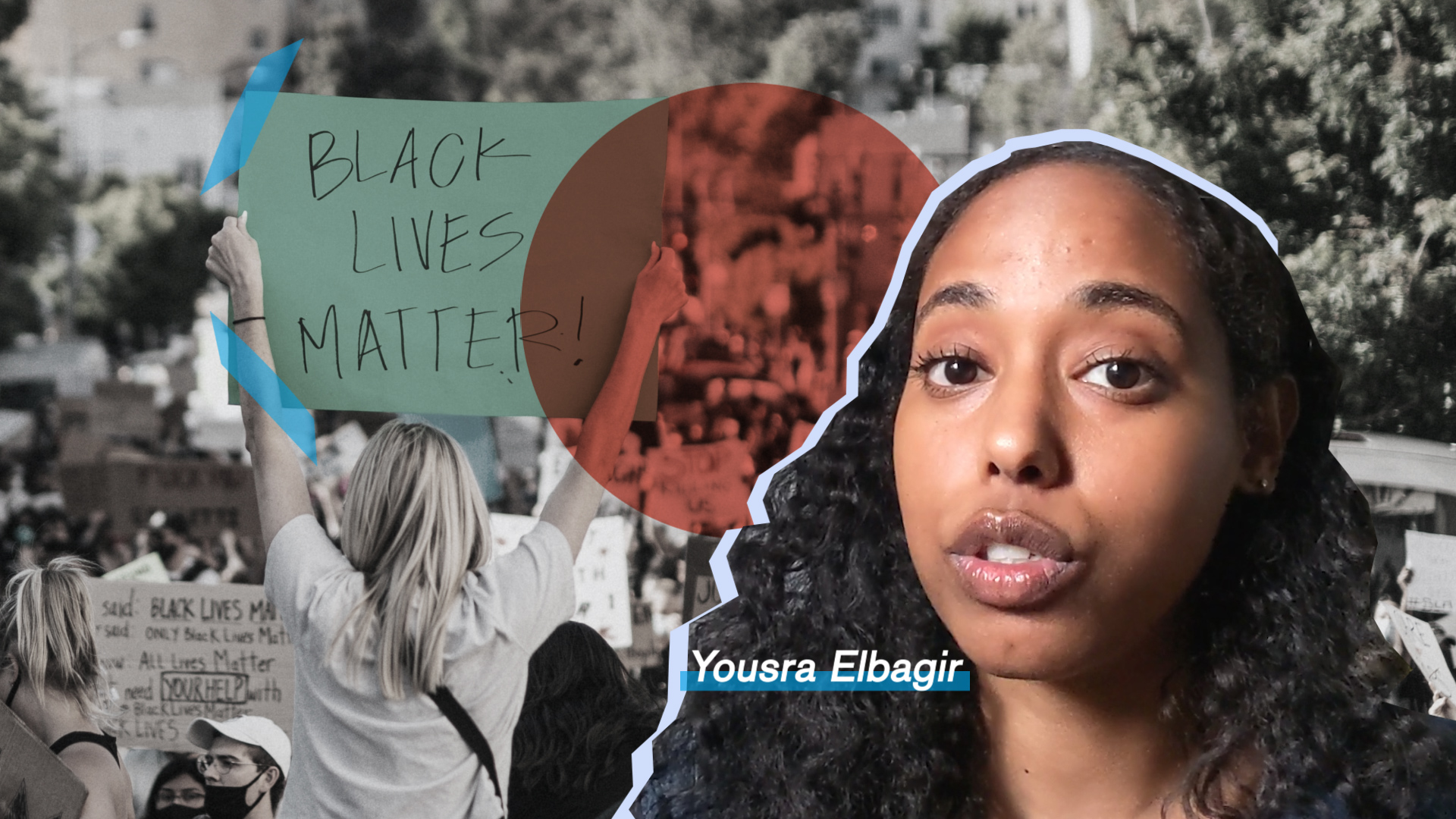
"The job of a journalist is not easy, especially when you are processing the struggle of your own people."
– Yousra Elbagir
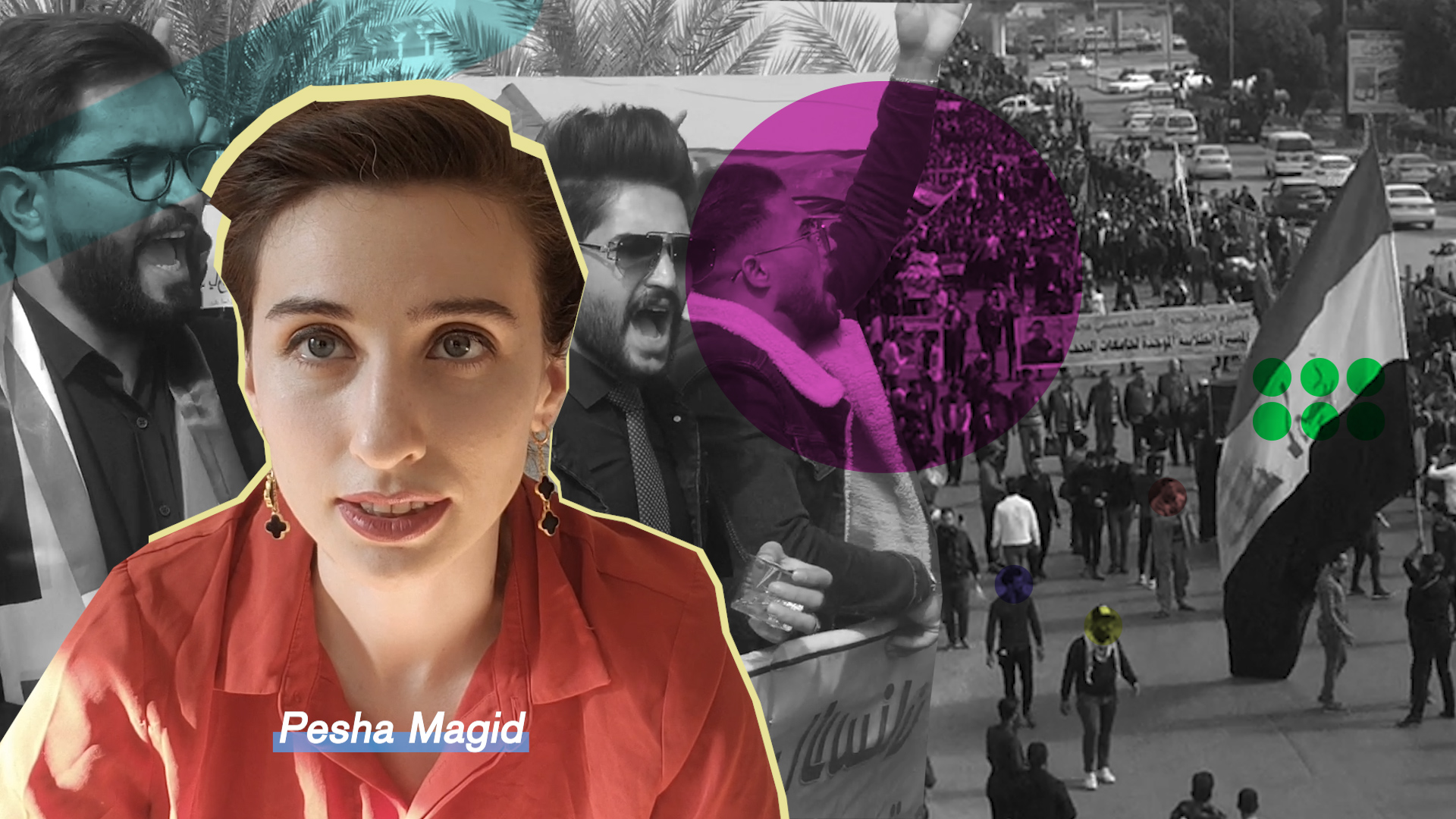
"It can be dangerous but it’s also a special moment where people are meeting and in the midst of a very dynamic change."
– Pesha Magid
Related content
Martín Leandro Camacho has always been passionate about being compassionate. He recounts a childhood filled with stories of inequality, talks of his mission to tell stories with humanity at their heart and why investing in the future of young girls is important to him and his “feminist activist” wife, Mirtha Chong. Full interview here.